Galleries
A Rash of Art Gallery Closures Has Plagued Berlin. But a New Crop of Dealers Think They Have the Solution
Millennial gallerists and art-market veterans alike are finding fresh ways to do brick-and-mortar business.
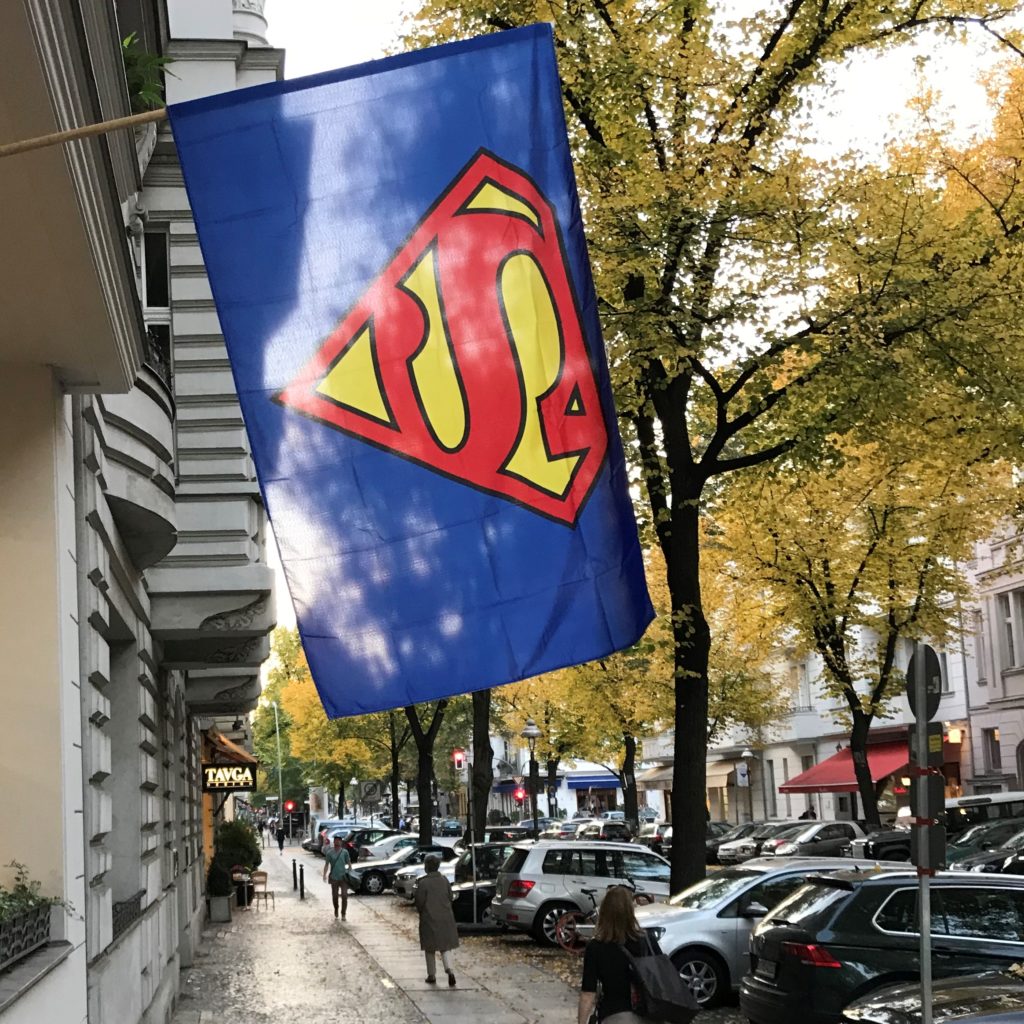
Millennial gallerists and art-market veterans alike are finding fresh ways to do brick-and-mortar business.

Hili Perlson

Around the world, small and mid-sized galleries from Los Angeles to New York and London to Berlin have shut up shop. Some dealers turn off the lights quietly. Others exit with the gallery-world equivalent of a bang, with a caustic letter criticizing everything from bigger players poaching artists to the costs of attending too many art fairs.
In Berlin, the list of gallery closures includes not only younger and more financially vulnerable galleries, such as Gillmeier Rech, but also highly respected fixtures of the so-called “Second Generation” Berlin scene, such as Supportico Lopez and Arratia Beer. All three closed in summer 2018.
But that’s only one side of the story. Alongside the closures that make headlines and provide fodder for panel talks, new galleries have quietly opened, and some seasoned dealers have returned to their old Berlin stomping grounds.
Galerie Crone, which was named in every report of the Berlin gallery drain when it closed its space in 2017, has, in fact, always kept a Berlin office in addition to its Vienna location. Last November, the dealers doubled down on the German city, opening a new space in West Berlin plus an additional one called Crone Side for side projects. Currently, works by German painter Norbert Bisky from the collection of the Living Bauhaus Art Foundation are on view at the side gallery, with proceeds from the sales funneled back into the foundation’s charitable endeavors in the arts.
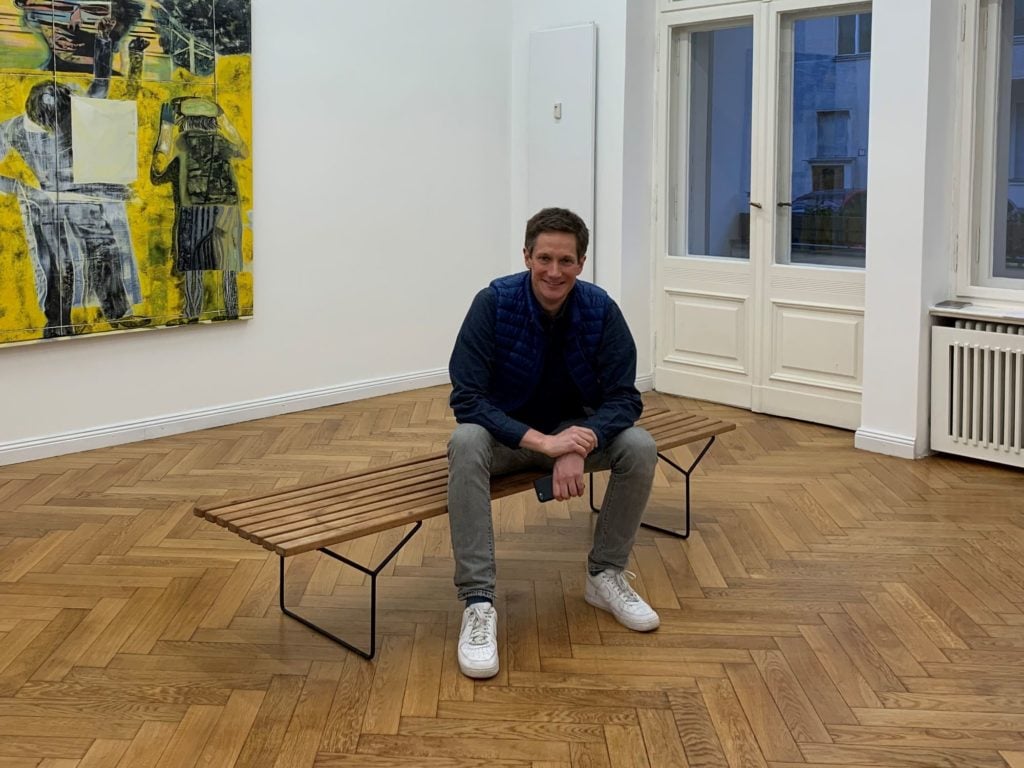
Berlin gallerist Philipp Haverkampf. Photo by Sappho Ma Hi.
Berlin-based dealer Philipp Haverkampf had 16 years of experience as a partner at Berlin’s CFA (Contemporary Fine Arts) gallery before he decided to launch Philipp Haverkampf Galerie in March 2017, unfazed by the closures all around him.
“The art business is centuries old and still very much functions with the brick-and-mortar model,” Haverkampf says. “Collectors are getting younger and more international [in Berlin] but the core of the business hasn’t changed.” And the city’s pull is as strong as ever. “People are free to live whichever way they choose, and the cost of living remains comparatively reasonable. So much is happening and being produced here, and there’s still so much to discover, even for someone like myself who was born here.”
The gallery works with more than a dozen artists, some of whom already enjoy a stable market, such as Katherine Bradford, Shara Hughes, or Alex Ruthner. Nor has the German capital’s infamous lack of collectors been a hindrance. “Collectors love to discover new things and there are new things happening in the city daily,” Haverkampf says, while warning that innovation still depends on keeping studio spaces affordable for the artists.
But for dealer Alexander Duve, who closed his gallery in December 2017, reopening with the same format was out of the question. Duve relaunched in February with a slightly different model: a salon-style gallery in his own apartment, open by appointment only. “After I closed DUVE Berlin as a gallery, I often thought about [reopening in] the Rhine area, LA, or New York,” he says. “But Berlin is where my heart is.” By hosting openings but not operating a full-time gallery, he can be far more agile in responding to market shifts, he says. His focus is now on staging around four shows a year.
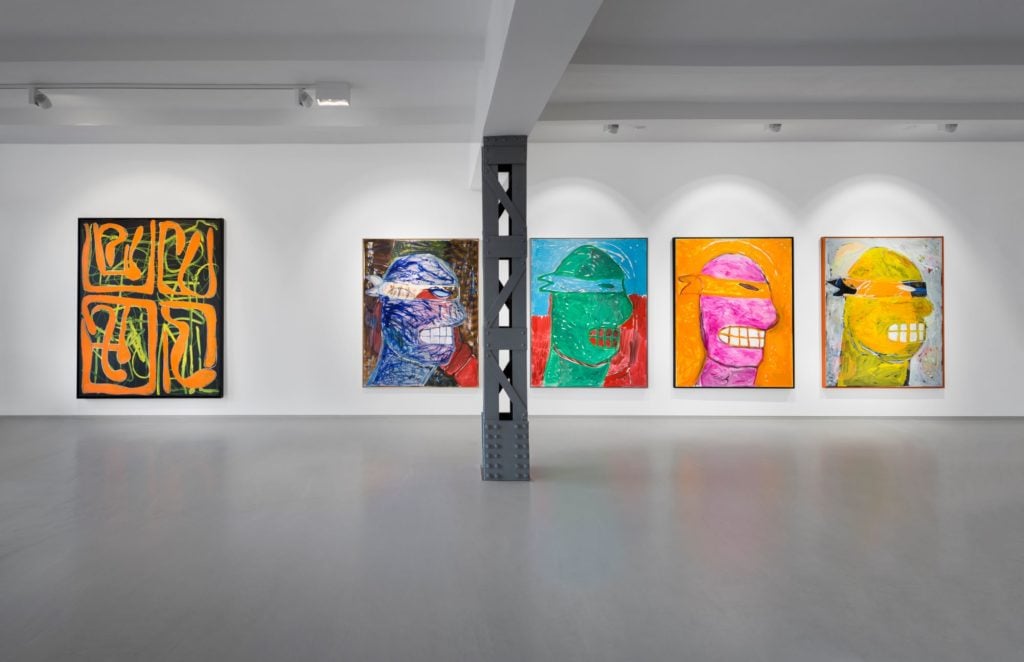
An installation view of Martin Lukáč’s exhibition “*I’d rather be with you*.” Photo by Joachim Schulz. Works courtesy the artist and DUVE Berlin.
During New York’s Armory week, he teamed up with art consultant Monica Eulitz to present two emerging Berlin painters, Danni Pantel and Karl-Luis Vossbeck, in a Lower East Side pop-up space on Allen Street. Duve describes the venture as a “massive success,” with Pantel’s work selling out completely to private collections in the US and the UK, as well as the Mora Art Foundation and Ohio’s Pizutti Collection. “I haven’t experienced a development of a young artist like that in my entire 11 years of my business,” he says.
In its previous iteration, the gallery participated in fairs, such as Art Cologne, MiArt, and Zona Maco, to name a few. Not anymore. “I don’t think fairs are necessary for me,” Duve says. “I have my network of collectors who trust me and are very loyal to me. I travel a lot and am very flexible. I can do off-site projects where I feel it makes sense. For the moment I don’t plan to do art fairs.”
There have also been entirely new, left-field additions to the Berlin scene. Last September, 27-year-old Lucas Casso, a former Goldman Sachs investment banker in New York, launched his first gallery, Sweetwater, Berlin, in an apartment in Kreuzberg. His focus is on young New York-based artists who have not yet been widely exposed in Europe.
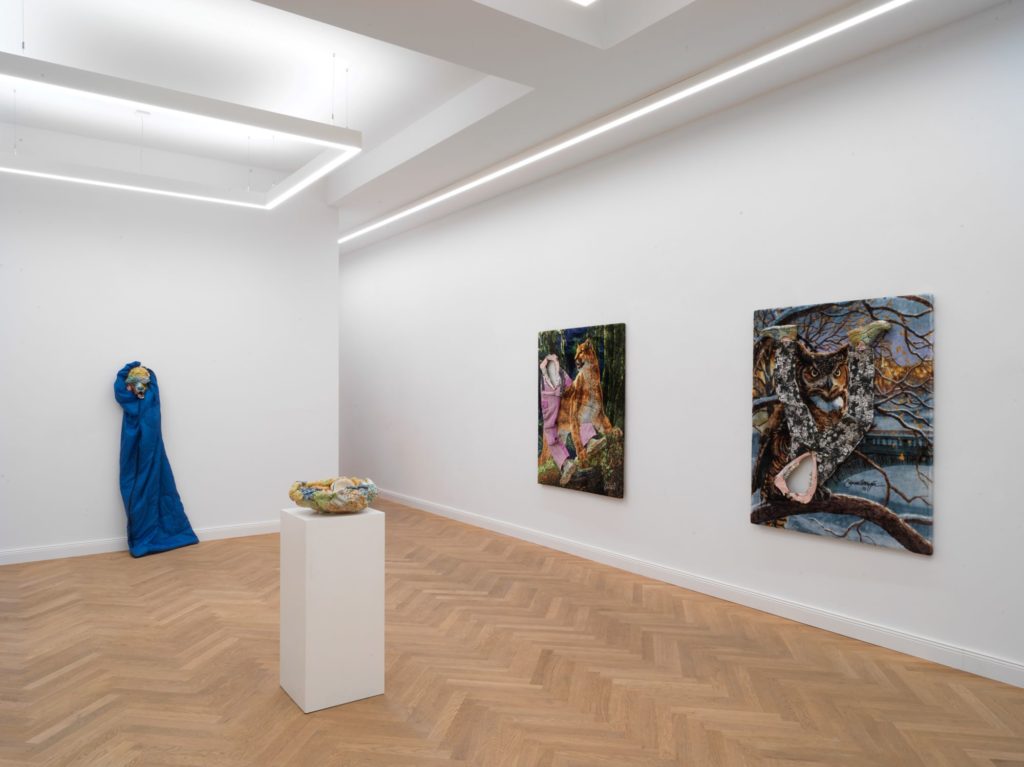
Kris Lemsalu’s exhibition, “Metamodernity,” at Robert Grunenberg Berlin. Photo by Nick Ash. Courtesy Robert Grunenberg Berlin.
Then there’s the 33-year-old gallerist Robert Grunenberg, who writes a regular “ones-to-watch” column for the German glossy Numéro Hommes Berlin and an art news column for the German GQ. Grunenberg opened his West Berlin space last April with an audacious group show titled “Paradise Is Now” about palm trees in art. It boasted a list of artists that many established dealers could only dream of showing: John Baldessari, Marcel Broodthaers, Rodney Graham, David Hockney, Alicja Kwade, Sigmar Polke, and Ed Ruscha, among others. The show was accompanied by a sleek coffee-table volume that Grunenberg edited.
Still, Grunenberg approaches this new adventure cautiously. He does not represent artists, but instead collaborates with established galleries to show artists not yet represented in Germany. Galerie LeLong, for example, which has locations in Paris and New York, worked with Grunenberg on a solo show of Cameroonian painter Barthélémy Toguo, the artist’s first in Germany.
“It’s far from being a very profitable project, but I also know that the first two years are about investing, making good shows, experimenting, and pushing the envelope with what you’re showing,” Grunenberg says.
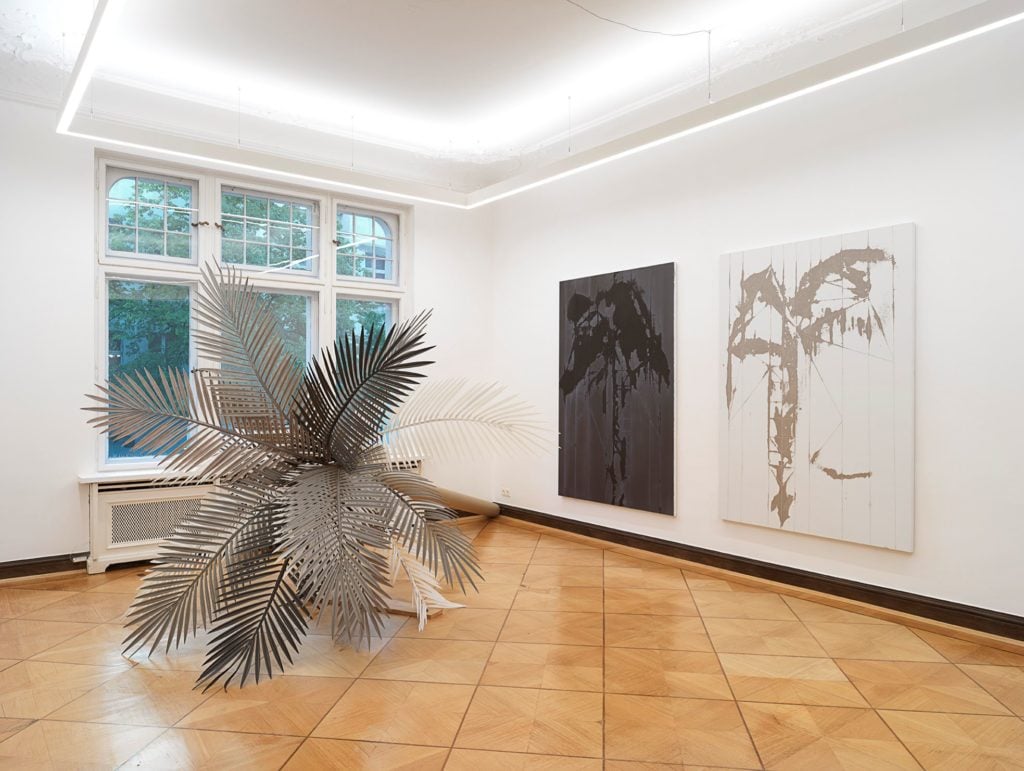
Sarah Ortmeyer and Secundino Hernández (left to right) in the exhibition “Paradise is Now.” Photo by Nick Ash, courtesy Robert Grunenberg Berlin.
The gallery’s next show, dedicated to polarizing painter Rainer Fetting, speaks to Grunenberg’s “why not?” approach, which contrasts with the calculated images honed by many Berlin gallerists who started out in the 1990s. Grunenberg is also a distinctly millennial dealer. One word that keeps coming up in conversation with the dealer is “network.” A website due to launch in April will focus on e-commerce and digital publishing, and he has also sold work by posting targeted content on Instagram.
“Maybe the young Berlin galleries should work together, exchange, and see what they can do,” he says. “After all, isn’t that how Berlin Gallery Weekend started?”